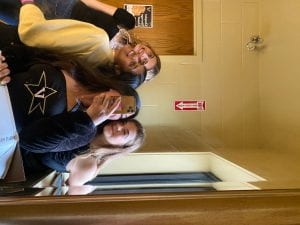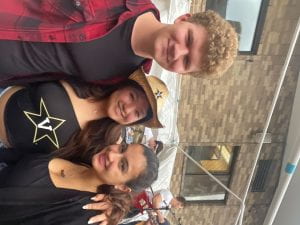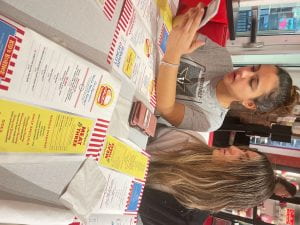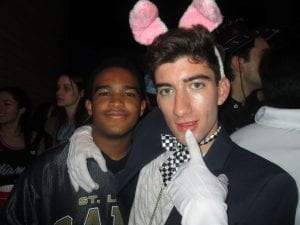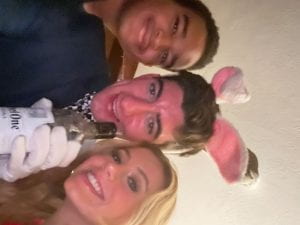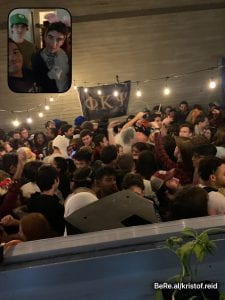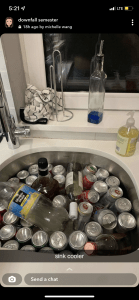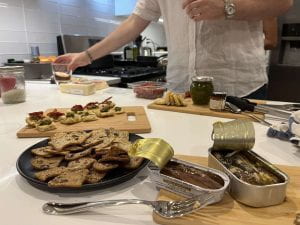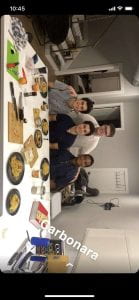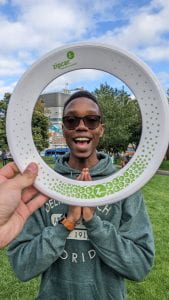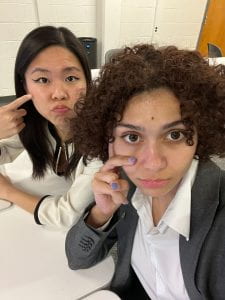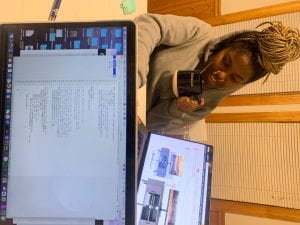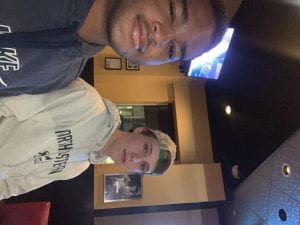For my final project, I wants to create a game that explores the complexities of human relationships. The game will include both positive and negative aspects of relationships, such as happiness and conflict, and will require players to navigate these challenges in order to maintain the relationships. The goal is to convey the message that relationships can be difficult, but they are an inevitable part of life and require effort to maintain.
The game goes as followed: tie two people together by any string. Have one person in the front and one person in the back. The person in the back will have a blindfold on (the game works best on a tiled floor). Have another person direct the person in front by telling them which tile to step to (front, diagonal, side to side). The person in the back has to mirror the person in front by stepping to the correct tile in the back of the person in front. If the person in the back steps to the wrong square, they must be notified and told to step to the correct tile. The game also works best when the person in the back has headphones on so they cannot hear footsteps.
My game was inspired by Linda Montano and Tehching Hsieh, who were known for their performance art piece in which they were connected by a rope for over a year, doing every move together. Their work influenced me because of the strong connection they maintained and the range of emotions they experienced. In my game, I want to capture this sense of connectedness and openness to all emotions and themes, like Linda and Tehching’s piece.
Another inspiration comes from the Dada movement. “According to critical consensus, Dada represented youthful provocation, an adolescent destructiveness that (for those favorably inclined) should clear the way for a new intellectual engagement with art and the world at large (349).” This quote suggests that the Dada movement, which was known for its provocative and destructive nature, was seen by some as a necessary step towards a more intellectual engagement with art and the world. My game explores this destructive nature by showing the hardships of relationships inside the world.
The fluxus movement was also a big inspiration to my game. “Fluxus’s goal is to teach us to experience the world for ourselves, ” in the same way” (Maciunas’s words) that we experience art (Baas 8)”. This quote suggests that the goal of the Fluxus movement was to encourage people to experience the world in the same way that they experience art. According to this perspective, the movement sought to blur the line between art and everyday life, encouraging people to be more present and engaged in the world around them. This interpretation highlights the participatory and experiential nature of Fluxus, as well as its emphasis on individual experience and perception. This engagementreflects that we must stay calm and accept the changes in relationships we face in life.

